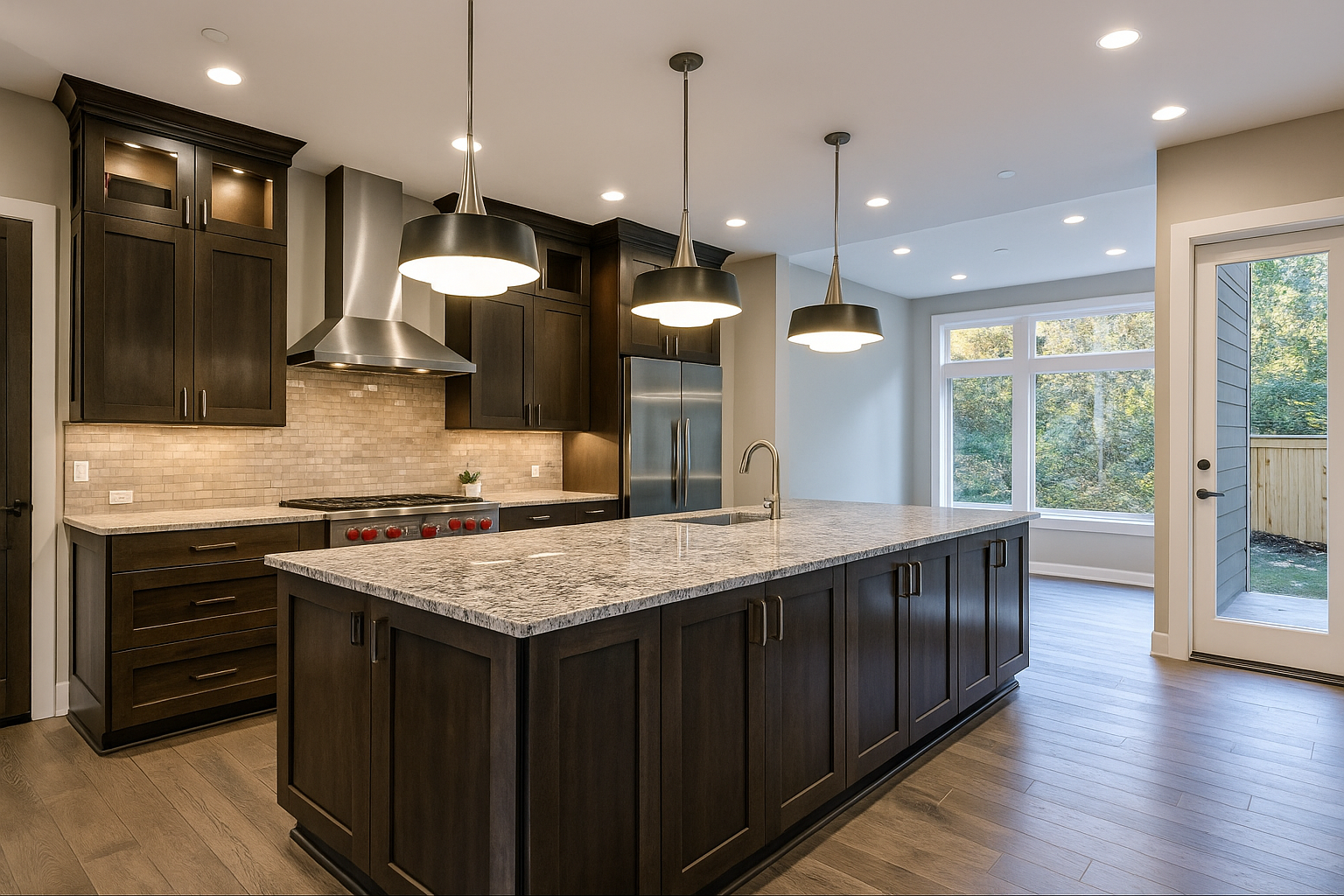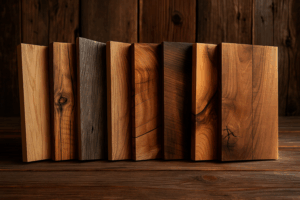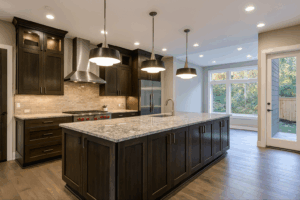What is Pacific Northwest Cabinet Style?
When it comes to home design in the Pacific Northwest, cabinets do more than store your kitchenware—they reflect the region’s unique blend of natural beauty, sustainability, and refined craftsmanship. If you’ve ever wondered what defines Pacific Northwest (PNW) cabinet style, this guide will walk you through the essential features, materials, and design choices that make this regional aesthetic stand out.
Rooted in History and Nature
The Pacific Northwest is famous for its forests, coastlines, and mountainous landscapes—but its architectural identity is also deeply rooted in history. Early 20th-century craftsman homes, Scandinavian immigrant influence, and a culture of woodworking and maritime craftsmanship shaped a regional approach to building that emphasized form following function.
This legacy carries into modern cabinet design by honoring traditional joinery, natural materials, and clean profiles. PNW cabinet style mirrors the surrounding environment while drawing inspiration from historic design values and self-reliant craftsmanship.. PNW cabinet style mirrors these natural elements by emphasizing:
- Natural wood tones – Think walnut, alder, and white oak. These species are locally sourced and chosen for their warmth and grain patterns.
- Earth-inspired color palettes – Sage green, driftwood gray, and deep navy mimic the tones of the surrounding wilderness, sea, and sky.
- Organic textures – Grain-forward wood, matte finishes, and honed stone accents all contribute to a sense of connection to nature.
PNW homeowners often select finishes that celebrate the imperfections and individuality of real wood—live-edge counters, rift-sawn oak, or custom stains that enhance depth and contrast.
Clean Lines with Subtle Details
Unlike ornate East Coast traditional cabinetry or stark minimalist modern, PNW cabinets strike a balance:
- Shaker-style doors with slight variations (wider rails or beveled edges)
- Flat-panel designs with natural wood veneer
- Integrated or low-profile hardware in brushed nickel, matte black, or antique brass
Cabinet design tends to lean clean and uncluttered but not sterile. You may see custom woodworking touches—like open shelving, tongue-and-groove paneling, or edge pulls—that subtly elevate the design.
Sustainability Matters
Eco-conscious homeowners in the region often prioritize sustainable design. That includes:
- FSC-certified wood sourced from responsibly managed forests
- Low-VOC finishes that protect indoor air quality
- Reclaimed or repurposed materials that reduce the need for new resource extraction
In the Pacific Northwest, sustainability isn’t just a trend—it’s a lifestyle. Many cabinetmakers and contractors in the region offer green-certified options and even local partnerships with sustainable lumber suppliers.
You might also find an emphasis on modular construction or zero-waste manufacturing methods that minimize environmental impact.
Function Meets Craftsmanship
PNW cabinet design doesn’t sacrifice functionality. Expect high-end features such as:
- Soft-close drawers and doors for quiet, smooth operation
- Pull-out organizers and drawer dividers for smart storage
- Custom dimensions to maximize space in older homes with unique layouts
- Toe-kick drawers, appliance garages, and spice pull-outs to improve usability
The emphasis is on quality craftsmanship—built to last decades, not just a design season. Many cabinets are custom-built by local tradespeople who take pride in precision and materials.
Indoor-Outdoor Connection
Many homes in the Pacific Northwest are designed to blur the line between indoor and outdoor living. This concept extends to cabinetry by incorporating:
- Large window views and natural light in kitchen layouts
- Indoor-outdoor matching cabinetry for grilling stations or patios
- Cabinet materials and colors that harmonize with exterior surroundings
Bringing nature indoors is one of the defining traits of the PNW style, and cabinetry is an ideal place to showcase that connection.
Who is the PNW Style For?
This aesthetic appeals to homeowners who want:
- A grounded, nature-connected space
- Thoughtful design with eco-conscious values
- Timeless cabinetry that doesn’t chase trends
It’s a popular choice for those remodeling older craftsman homes, Scandinavian-inspired cabins, and even new construction with a focus on clean, natural design. Whether you’re in Seattle, Portland, Bellingham, or Bend, this style adapts well to the diverse architectural tastes of the region.
Visual Inspiration
To get a better sense of what Pacific Northwest cabinet style looks like in practice, explore our portfolio featuring real homes throughout the region:

Rich wood tones, shaker details, and built-in storage show off timeless craftsmanship.
Want to learn more about PNW design principles? We recommend these excellent external resources:
- Houzz: Pacific Northwest Kitchen Design Ideas
- Fine Homebuilding: Sustainable Cabinet Construction
- NKBA: Cabinet Design Trends
Conclusion
Pacific Northwest cabinet style reflects the region’s lifestyle—natural, purposeful, and refined. At Upper Left General Contracting, we specialize in designing and installing cabinetry that fits seamlessly into the PNW aesthetic. Whether you’re remodeling a modern craftsman bungalow or building a new custom home, our team brings craftsmanship, creativity, and care to every project.
Ready to bring the PNW aesthetic into your home? Contact us today to schedule a consultation or explore our portfolio for inspiration.


